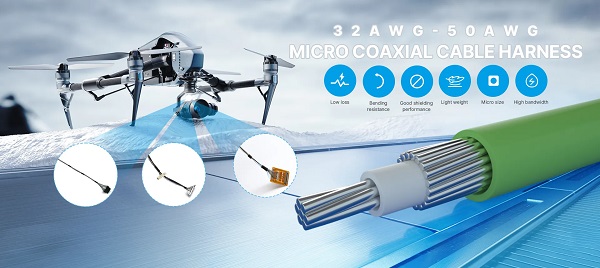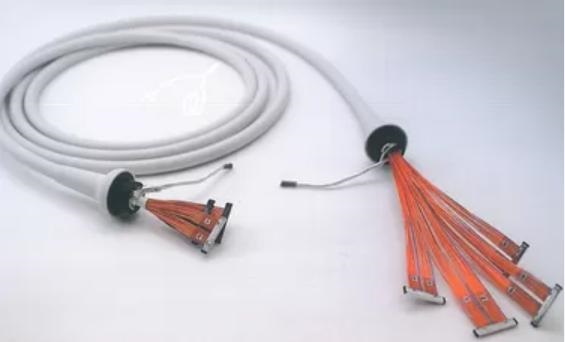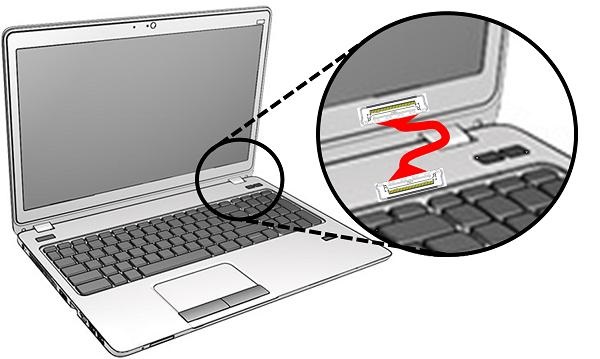In the manufacturing of electronic devices and electrical engineering design, the selection of wires is an important link that affects electrical performance and system safety. The thickness of the wire not only determines its current-carrying capacity but also directly affects the quality of signal transmission and thermal dissipation characteristics. Different countries adopt different wire specification systems, among which, AWG (American Wire Gauge, American wire gauge) is widely used in North America and internationally, and has extremely high reference value and universality globally. This article will systematically introduce the definition, numbering rules, and the relationship between AWG and wire diameter and cross-sectional area.

AWG is an abbreviation for "American Wire Gauge," which refers to the standard system for specifying the diameter of electrical wire in the United States.
AWG, which stands for American Wire Gauge, is a standardized system used to indicate the diameter size of circular conductors. This standard was first established by the American wire manufacturing industry, aiming to unify wire size identification among different manufacturers. It has gradually developed into one of the commonly used conductor specifications in the North American and international electrical fields.
In the AWG system:
The specifications of the wire are represented by numerical numbering, ranging generally from 0000 (4/0 AWG) to 40 AWG.
The numerical value is inversely proportional to the wire diameter—the smaller the number, the thicker the wire, the lower the resistance, and the greater the current it can carry.
The larger the number, the thinner the wire, suitable for small currents, low power, or signal transmission, etc.
The formation of this reverse numbering system originates from the early wire drawing process. Each time the wire is stretched, its diameter decreases by one grade, thus forming the rule that "the larger the number, the thinner the wire." After standardization, the AWG system allows different diameter wires to be represented by a unified numbering, facilitating rapid matching and international communication in the design, manufacturing, and selection processes for engineers.

The relationship between AWG and wire diameter, cross-sectional area.
The numbering system of the AWG (American Wire Gauge) system adopts a logarithmic scale, which means that the change in wire number has a specific mathematical relationship with diameter and cross-sectional area:
Every 6 AWG number difference, the wire diameter approximately halves.
For every 3 AWG number difference, the conductor's cross-sectional area is approximately halved.
This regular design pattern makes the size variation between different specifications of wires decrease in a regular manner, facilitating engineers to quickly match the appropriate wire diameter based on requirements for current carrying capacity, voltage drop, and mechanical strength. For example, in high-speed signal or precision transmission applications, engineers often make precise calculations of wire diameter, resistance, and shielding performance according to the AWG standard to balance signal integrity and flexible structural design.

The engineering application significance of the AWG standard
In the modern electronic manufacturing field, AWG is not only a tool for measuring wire size but also a part of the design specification.
It is widely used in the following scenarios:
High-speed signal cable harnesses, ultra-fine coaxial cables, data transmission lines, and other precision interconnection systems.
Cable laying for industrial automation and power systems.
Lightweight wire design for communication equipment, medical devices, and aerospace fields.
By unified AWG standards, different manufacturers and system designers can achieve product specification compatibility and interoperability on a global scale, reducing production errors and communication costs.

The AWG wire gauge system, with its characteristics of uniformity, precision, and clear logic, has become the most representative standard for wire specifications in the electronic and electrical fields. Understanding the correlation between AWG, wire diameter, and cross-sectional area is of great importance for engineers to reasonably select wires, ensure electrical safety, and maintain signal stability.
I am[Suzhou Hui Cheng Yuan Electronic Technology]Long-term focus on the design and customization of high-speed signal cables and ultra-fine coaxial cables, committed to providing stable and reliable high-speed interconnect solutions. If you have related needs or wish to learn more about high-speed cable design and AWG wire gauge selection, please contact us:Manager Yin 18913280527 (WeChat number same)。



